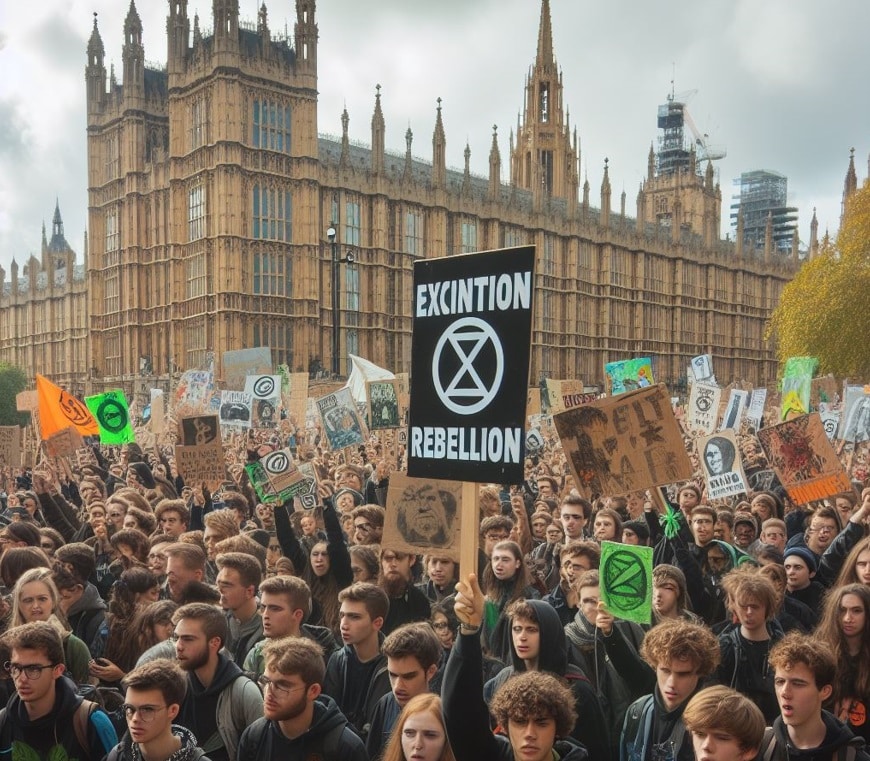Was there a market-oriented alternative to the UK’s energy crisis response?
SUGGESTED



In my view a more market-oriented response should have consisted of five key elements:
- An early inflation-matching rise in benefits
- Temporary tax cuts for basic rate taxpayers
- Explicit and realistic inflation targets for 2022 and 2023 to facilitate wage bargaining
- A huge national effort to increase micro-generation capacity
- An earlier decoupling of renewable energy prices from gas prices
I shall now explain each of these in turn.
The Ofgem price cap equivalent to £3,549 per year of energy bills (up from £1,138 prior to the crisis) was announced in August 2022, to apply from 1 October 2022. Normally, benefits are raised each April on the basis of the September rate of inflation. If households dependent upon benefits had had to wait even until the following April to have their benefits raised, they would have faced significant financial distress from energy bills over that winter. But matters would have been worse than that, because the big rise in the energy price cap would only have come in in October and thus not be reflected in the September inflation rate.
What was needed instead was for benefits to rise early, and for them to do so in anticipation of the inflationary impacts of rising energy bills for low-income households. The process of an April uprating from a September inflation rate is convenient in a world in which inflation stays close to the inflation target, and a few tenths of a percentage point miss in one year balances out equivalent misses in the opposite direction in a previous year, so benefits stay broadly at the desired level. But that wasn’t the situation of October 2022. Instead, what should have happened was that when the energy price cap rise was announced, in August 2022, there should immediately have been analysis done such that by late September 2022, before the energy price cap rise was introduced, an announcement was made of benefits increases to apply from 1 October, coinciding with the energy price rise.
Benefits rising in line with inflation would not have been any departure in principle from established policy. The only difference would have been the timing of the rise. But that timing needed to be different, reflecting the fact that inflation was much higher than in normal years and when, in the yearly cycle, the inflation rise occurred. There was no need for any special “energy benefit” or anything of that sort. It would have been enough simply to have an estimate of a relevant inflation rate, then uprate benefits in line with that inflation rate, and later on, when there was more data, amend benefits again to true matters up.
Raising benefits levels and benefits thresholds in line with inflation should have completed insulated the poorest from energy price rises. But that should not have been the ambition with those above benefits thresholds. Instead of benefits, the appropriate response for this category would have been a temporary cut in basic rate income tax. This would serve both as a tool of short-term macroeconomic management – a macroeconomic injection to reduce the risk of recession – and to help households of typical income levels (neither benefits recipients nor high-income households) to manage their finances.
Another reason temporary tax cuts should not have sought to fully shield workers from inflation is that the economically correct response should have included wage rises. With inflation rising and falling in such a sudden way, workers and firms would, however, have found it difficult to coordinate upon the correct wage rises to seek and to grant. Uncertainties over the future inflation rate would be asymmetric in their effects. Workers would worry that they were anticipating too low a rate of inflation, and would seek to insure themselves against inflation being higher than expected by seeking a margin over their best-guess as to the inflation rate. Firms would worry that they were anticipating too high a rate of inflation and would seek to insure themselves against inflation being lower than expected by seeking a discount to their best-guess inflation rate. This gap tends to lead to industrial action – and indeed did so in the UK in this case.
Uncertainty over the inflation rate could have been reduced by the Bank of England being set specific, realistic, achievable inflation targets for 2022 and 2023, instead of simply being set a 2% “target” as if anyone had any real ambition that 2% is what they would achieve. The challenging point wasn’t that inflation ought to reach 2% some year off into the future. The challenge was to reduce uncertainty about inflation in 2022 and 2023. That could have been helped by setting specific inflation targets for those years.
Fourthly, from late 2021 onwards, as soon as it became clear that energy prices were going to rise, and certainly through 2022 when energy prices had already risen and were going to peak at extremely high levels, there should have been a concerted national effort to mitigate price rises through the adoption of rapid microgeneration. Small wind turbines on houses. Microgenerators in every stream and rivulet. Wood-burning stoves. Everything imaginable. There should have been a massive effort by the government to encourage as much take-up as possible of these and other energy sources, through 2022, all aimed at implementation in a timescale relevant to softening the peak of prices in late 2022 and early 2023. It could have been legitimate to subsidise some such schemes and to greatly accelerate or waive planning permissions where required. It was truly a failure of policy and imagination that nothing like this was attempted.
Lastly, an earlier force majeure decoupling of renewable energy prices from gas prices could also have been considered, if the above policies were not felt to be delivering sufficient mitigation. This happened in the end anyway, but there would have been scope to do it earlier if that were really felt required.
The above would not have made the energy crisis go away. That should never have been the ambition. Prices going high tells us something, and our key responses ought to be to make more of whatever the now-more-expensive thing is if we can, and to cut our use of it. But I hope it is clear that the above would have been a markedly more market-oriented response. One can only hope that in any future energy crisis policymakers adopt an approach more like this one.
This article was first published on Andrew Lilico’s personal blog.



